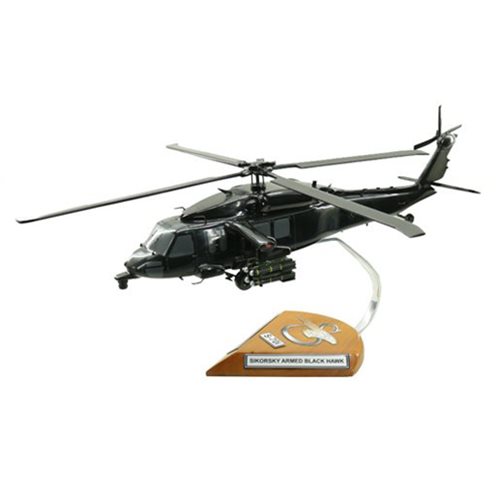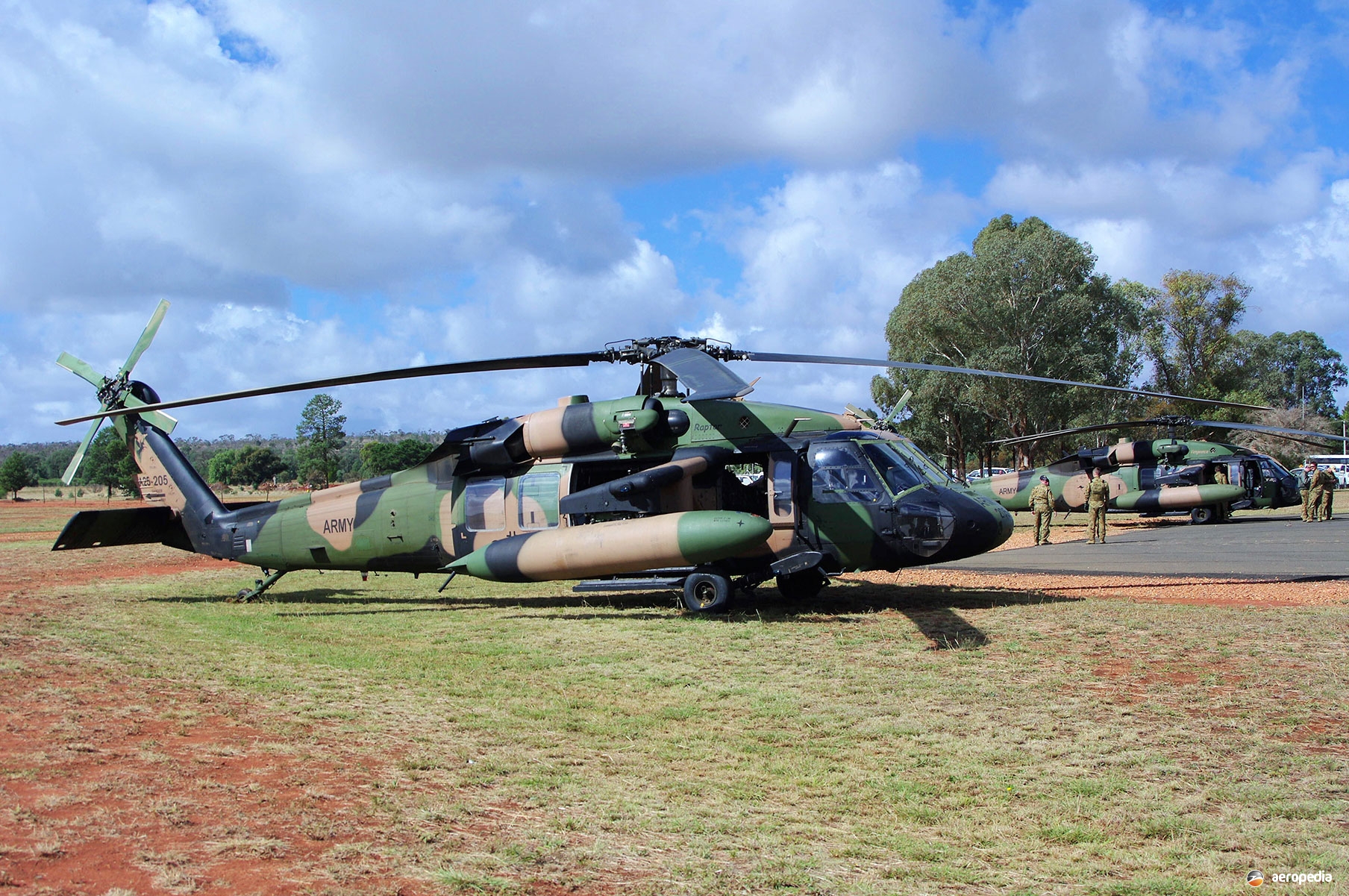Sikorsky S 70: Changing Tactical Procedures with Cutting-Edge Technology
Sikorsky S 70: Changing Tactical Procedures with Cutting-Edge Technology
Blog Article
Rotary-Wing Aircraft Offering Superior Sturdiness and Accuracy Design
In the world of aviation, rotary-wing aircraft have actually long been acknowledged for their unique capacities in different operational atmospheres. From military goals to noncombatant applications, the evolution of rotary-wing modern technology has led the way for devices that use exceptional sturdiness and accuracy engineering. Via developments in products and construction methods, combined with innovative trip control systems, these aircraft have come to be crucial tools for jobs that require both effectiveness and precision. As we check out the complex equilibrium between development and integrity in rotary-wing aircraft, it becomes apparent that the convergence of cutting-edge modern technology and tested design concepts has set a new standard for efficiency and performance in the aerospace market.
Evolution of Rotary-Wing Technology
Throughout the background of aeronautics, the advancement of rotary-wing innovation has been a testimony to regular innovation and improvement in aeronautical design. From the early days of vertical flight with primary layouts to the innovative helicopters and other rotary-wing airplane of today, the development in this area has actually been exceptional.
In the early 1900s, leaders like Igor Sikorsky and Juan de la Cierva made significant strides in rotary-wing innovation. Sikorsky's VS-300 helicopter, initial flown in 1939, marked a zero hour in the advancement of useful rotary-wing aircraft. This success led the means for further developments in upright flight capacities.

Today, rotary-wing aircraft play essential roles in various sectors, including army procedures, emergency medical services, police, and industrial transport. The evolution of rotary-wing innovation remains to push the limits of what is feasible in upright flight, making certain that these aircraft remain important possessions in the aviation market.
Materials and Building Innovations
Showing a blend of sophisticated materials and precise building and construction strategies, rotary-wing airplane have actually undertaken substantial developments in toughness and efficiency. One of the vital technologies in materials utilized for rotary-wing airplane is the enhancing usage of composite materials.
Additionally, the assimilation of advanced coatings and surface treatments has played a critical role in boosting the longevity of rotary-wing airplane. These finishes supply security versus rust, abrasion, and severe climate conditions, extending the lifespan of the airplane and minimizing upkeep needs.
In terms of construction developments, additive manufacturing, likewise understood as 3D printing, has actually revolutionized the manufacturing of complex parts for rotary-wing airplane. This innovation permits quick prototyping and personalization, leading to faster advancement cycles and decreased costs. Overall, the continuous evolution of products and building techniques is driving the abilities and performance of rotary-wing aircraft to new heights.
Precision Trip Control Solution

The combination of GPS innovation even more boosts the accuracy and dependability of these systems, permitting specific navigation, waypoint monitoring, and automated flight control. More about the author sikorsky s 70. This level of accuracy not just improves the security of rotary-wing operations however likewise boosts total operational effectiveness and mission effectiveness
Additionally, the constant innovations in expert system and artificial intelligence have promoted the development of self-governing flight capabilities within Precision Flight Control Systems. This enables rotary-wing airplane to do complex goals with unparalleled precision and uniformity, read this making them vital properties in a wide variety of applications, consisting of armed forces procedures, search and rescue missions, and aerial digital photography.
Sturdiness in Testing Settings
In requiring functional settings, rotary-wing aircraft show remarkable strength and toughness, ensuring optimum performance under difficult ecological conditions. These airplanes are designed to hold up against a vast range of ecological factors, including severe temperatures, high winds, and rough terrain, making them fit for different goals in diverse landscapes.
One vital variable adding to the sturdiness of rotary-wing airplane is their rugged building. These airplanes are built making use of top quality materials and advanced design techniques to boost their architectural stability and integrity. Furthermore, components such as rotor blades, engine systems, and touchdown gear are diligently created to withstand the pressures and stresses come across during procedures in difficult environments.
In addition, rotary-wing aircraft are outfitted with innovative onboard systems that keep track of efficiency metrics in real-time, permitting aggressive upkeep and very early detection of potential concerns - sikorsky s 70. This aggressive technique helps stop unexpected failings and guarantees the continued More Bonuses airworthiness of the airplane popular functional settings. Overall, the resilience of rotary-wing airplane in difficult settings is a testament to their exceptional design and design, making them crucial properties for various mission-critical procedures
Maintenance and Reliability Standards
The adherence to stringent upkeep and dependability criteria is extremely important in ensuring the optimum efficiency and safety and security of rotary-wing airplane. Normal maintenance checks, carried out by licensed service technicians, are crucial to identify and resolve any potential concerns prior to they compromise the airplane's capability. These checks encompass a thorough evaluation of all critical elements, consisting of the engine, blades system, avionics, and hydraulic systems, to assure that they are in prime working condition.
In addition, adherence to set up upkeep periods in conformity with manufacturer guidelines is critical for supporting the airplane's integrity. This aggressive approach assists stop unforeseen break downs and makes certain that the aircraft remains airworthy for its designated missions. Furthermore, the application of durable integrity requirements, such as regular component screening and replacement based on established lifecycles, better improves the airplane's dependability.
Conclusion

In verdict, the improvements in rotary-wing airplane modern technology have brought about remarkable toughness and accuracy engineering. With ingenious materials and building and construction methods, along with precision flight control systems, these airplane can operate in tough settings with enhanced dependability. The maintenance and dependability criteria ensure that these rotary-wing aircraft remain to do at their ideal, making them vital properties for various markets.
Demonstrating a fusion of advanced products and specific construction methods, rotary-wing aircraft have gone through significant improvements in durability and performance. One of the key technologies in materials utilized for rotary-wing airplane is the increasing usage of composite materials.With careful focus to detail and advanced technical integration, rotary-wing airplane have actually welcomed Accuracy Trip Control Systems as a keystone of their functional quality. Overall, the sturdiness of rotary-wing airplane in tough atmospheres is a testimony to their premium design and style, making them essential assets for various mission-critical procedures.
In conclusion, the advancements in rotary-wing aircraft modern technology have led to exceptional sturdiness and accuracy engineering.
Report this page